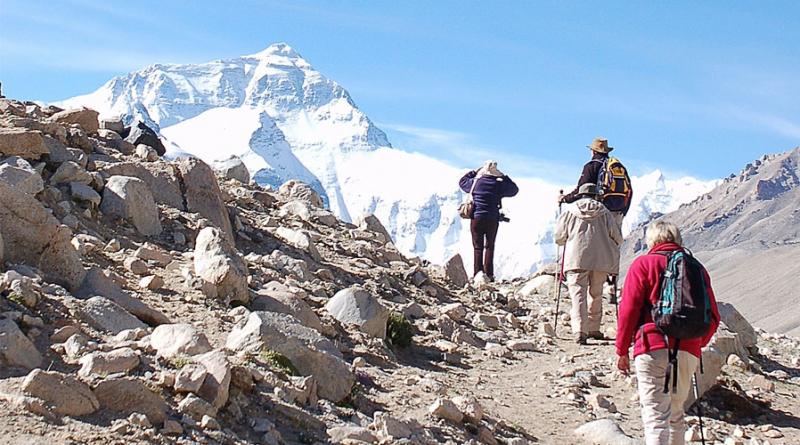Inquiry +977-01 4116611, 9851116322 info@aarohiholiday.com

Tibet is additionally called the roof of the globe. Tibet trek could be a region of the Himalayas whose unique landscapes and mystical spiritualism have drawn explorers and travelers from across the world for several centuries. The Tibetan Plateau stands between 4 and 5 kilometers above water level and is surrounded by imposing mountain ranges that house several of the world’s largest peaks, including Everest, Lhotse (4th highest), Makalu (5th highest), Cho Oyu (6th highest) and Shishapangma (14th highest). The sweetness of Tibet Trekking is that the experience is the maximum amount of cultural immersion because it could be a physical challenge. For Tibet Trekking, the season is from late April and October. This can be because most treks in Tibet attend elevations above 5000 meters. Tibet Trekking may be a good way to explore The Land of Snows.
Aarohi Holiday will always provide you with the most effective unbeatable and remained a spectacular moment.
Day 1: kathmandu To Kerung(2,700m)
Today we will drive Kathmandu to Kerung via Rashuwagadhi through by narrow mountain roads to the border of Nepal and China. on the way, we can see a waterfall, rivers, and forest.after necessary immigration paperwork and then cross the border and stay overnight at Kerung.
Day 2: Acclimatization Kerung (2700m)
One Day we rest in Kerung for acclimatization and preparation of Kailash yatra. stay overnight at Kerung.
Day 3: Kerung to Saga(4,350m)
Today we will drive after Breakfast from Kerung To Sanga Via Ghantula Pass(5,226m) on the way we drive through Khunmen Tso-Sinling, Karru Ongchen, and Peiku Tso lake(4,600m) and reach saga.on the way view of Gaurishankar Mountain.Shishapangma and Langtang Himal. stay Overnight at Saga.
Day 4: Saga to Mansarovar(4,500m)
Today we will drive Saga to Mansarovar after Breakfast.on the way we pass through the small town of Zhongba, Dongpa Mahim la pass, and reach Mansarovar. we can view around Mansarovar Mtkailashkora(circumambulation) kora is 53Km in total and completed in three days. Sacred Lake Manasarovar. Stay overnight at Mansarovar camp.
Day 5: Mansarovar to Darchen(4,500m)
After finishing the Holi bath and ritual puja in Mansarovar lake, we drive 40 km to Darchen which is also known as the base camp of Mount Kailash. Stay overnight at Darchen.
Day 6: Darchen To Dira-Puk(5,000m)
Today after Breakfast we drive 7km to Yamadwar.then we walking around 15 km on the way beautiful rocky cliffs, waterfalls, and clear sky with an awesome view of Mount Lailash. Stay overnight at Dirapuk.
Day 7: Dera-puk to Zuthul-Puk(4,900m)
Today we walk early Morning Der-Puk to Zuthul- Puk it is hard to wake today we pass Dolma-La Pass(5,670m), when we reach of the top we forgat all the walking.on the way view of Gauri Kunda, afternoon we will reach Zuthula-Puk. stay overnight at Zuthula-Puk.
Day 8: Zuthul-Puk to Saga(4,350m)
Today after breakfast we wake around(10km)it takes 2 hours. after wake drive by bus Zuthul-Puk to saga.stay overnight at Saga.
Day 9: Saga To Kerung(2,700m)
After breakfast drive to Saga to Kerung on the way view of Tso-sinling,karru Ongchen and peiku tso lake(4,600m) via Ghantula Pass(5,226m).stay overning at Kerung.
Day 10: Kerung To Kathmandu(1,350m)
After breakfast drive to Kerung to Kathmandu, complete the immigration formalities. say goodbye to your Tibetan Guide.on the way narrow way waterfall, rivers, and forest we reach Kathmandu.
What's included ?
- Not specified as the moment.
What's excluded ?
- Not specified as the moment.
Notices/Events/Info?
Info- Not specified as the moment.
- MealAll meals included during the trek
- Duration10 Days
- CountryTibet
- Starts from:Kathmandu
- Ends at:Kathmandu
